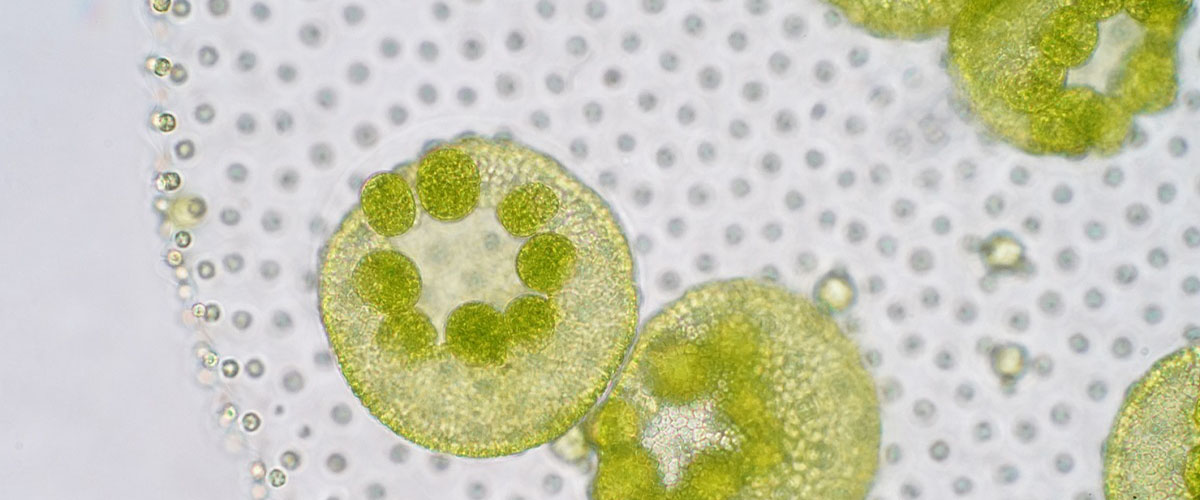To date, the first fossil evidence of plants on Earth came from the Devonian period (420 million years ago). But the molecular evidence suggests an origin far earlier, that is, in the Cambrian period. In a paper in the Journal Science, paleontologists described an assemblage of spore-like microfossils from Early Ordovician (480 million years ago) deposits in Australia; these spores are of intermediate morphology between confirmed land plant spores and earlier forms of uncertain relationship.
Dr. Paul Strother, a paleobotanist in the Department of Earth and Environmental Sciences at Boston College, a key author said, “These spore-like microfossils fill in a gap of approximately 25 million years in the fossil spore record, linking well-accepted younger plant spores to older more problematic forms.”
Dr. Clinton Foster from the Research School of Earth Sciences at the Australian National University examined populations of fossil spores extracted from a rock core drilled in 1958 in northern Western Australia. He wrote in a blogpost in The Conversation, that to avoid the dry hot weather of the Earth, the pioneering plants were small and moss-like. To find clues about when and how spores of plants from the water made their way to the land and how they survived they studied undertook extensive research.
According to data from the Molecular clock, the land colonization of plants occurred around 515 million years ago, while the stem plant’s fossils are from around 430 million years ago. The early plants lack root systems or stems, therefore their fossils are rare. But because the spores are resistant to drying out and ultraviolet radiations, that make them resilient and preserved from hundreds of millions of years so the spore fossils were easy to find and could be studied well under a microscope.
The team found that the spores of the earliest land plant were less regularly geometrical in arrangement and found around 465 million years ago some 35 million years before the known larger plant fossils. Whereas, the older spores as found in the US, are likely to be derived from charophytes. That survived because of the development of genes to resist desiccation and UV damage.
They studied spores of land plants in the Canning Basin. The spores from 1991 (dated 440-445 million years ago) and from 2016 (dated 460 million years ago). He writes, “As part of that work, we examined preparations of plant spores, already mounted on glass slides, from the original section of the Nambeet Formation drilled in 1958. And here we found the first record of land plant spores associated with spores from their algal ancestors. Our discovery would not have been possible without the access to these earlier materials provided by the WA government.”
The authors emphasized that more studies are needed to determine the location of algal and land plant spores in Australian sediments from the later Cambrian and Ordovician periods. And this study is important as it sheds light on the location where the land plants got their start.
















Add comment